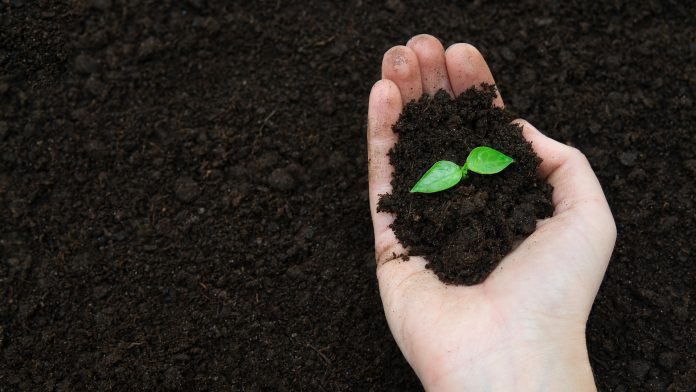A team of researchers from Flinders University reveal lingering soil deficiencies after comparing results to a six-year native planting project in South Australia.
What does lack of restoration mean for the ecosystem?
Revegetation is associated with improved soil health, and the shortfall in soil bacteria recovery after replanting, revealed in this study, the critical need for further research into ecosystem restoration.
“We are in the midst of the global biodiversity and land degradation crisis and the UN has just declared a Decade on Ecosystem Restoration. Clearly there is an urgent need and rising demand for effective restoration actions,” explained Dr Martin Breed, senior author and a member of the ‘Frontiers of Restoration Ecology’ research group.
How is degradation impacting the Earth?
Currently, it is estimated that up to 75% of the Earth’s land surface is impacted by land degradation, and according to the IPBES Assessment Report on Land Degradation and Restoration, this is projected to rise to approximately 90% by 2050.
To date, Australia has lost roughly 40% of its forests, and the remaining native forest is highly fragmented. The country’s forest cover has depleted significantly; Adelaide Plains Forest cover has fallen to less than 4%, and less than 10% of Mount Lofty’s original forest cover remains from the European settlement— this data was collected by Corey Bradshaw (2012).
How did scientists use DNA sequencing in this study?
To understand how soil microbiota responds to native plant revegetation, scientists compared soil microbiota by utilising DNA sequencing; the bacterial 16s rRNA gene was observed from soil samples collected six years apart at a large revegetation site near the Mount Bold Reservoir, in the vicinity of Adelaide. Mount Bold is the largest reservoir in South Australia and is approximately a 45-minute drive south of Adelaide and surrounded by more than 5500 hectares of land.
“These soil bacteria are fundamental to ecosystems – and their biodiversity is vital for human health and wellbeing,” commented Dr Breed. “These common microbiota underpin many functions we rely on, such as forming soil, decomposing organic matter, and making nutrients available to plants and animals.”
What did the results reveal?
Scientists discovered some indications of recovery but were also concerned by the evident lack of microbial recovery after such a long time since revegetation took place.
“Our results show that we can’t rely on native plant revegetation to restore soil microbiota. The study contributes important new information and highlights fundamental knowledge gaps in understanding of how soil microbiota responds to native plant revegetation,” concluded Dr Breed.









